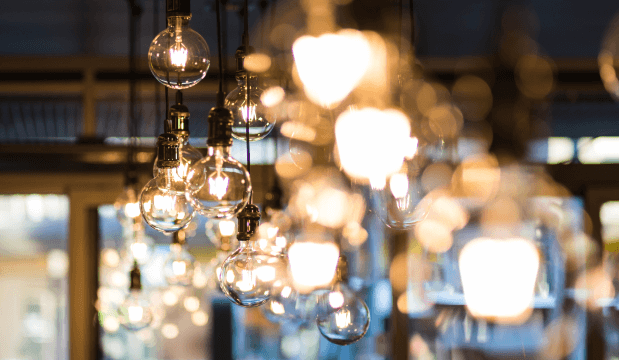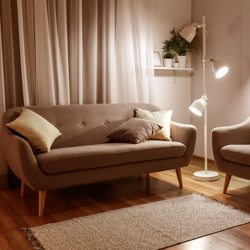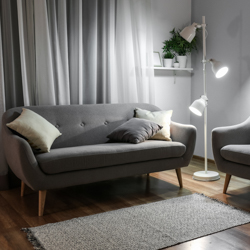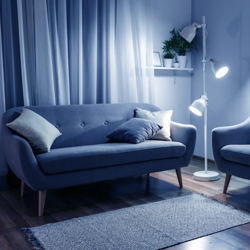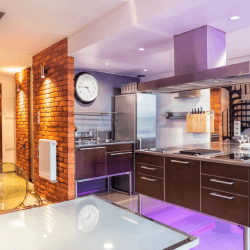Intro
Choosing the right colour temperature for a light bulb is important as it helps create the desired atmosphere in a room. From creating a bright working environment to achieving a warm and comforting ambience, this guide explains what light bulb colour temperature is, and how to pick the best LED for your space.
What Is Colour Temperature?
Colour temperature, also called correlated colour temperature (CCT), refers to the warmth or coolness of the light emitted from a bulb. However, it does not relate to the colour of the bulb itself. Colour temperature is measured in Kelvin (K), a numerical scale between 1000K and 10,000K. The lower the number of kelvins or colour temperature, the warmer the light will be.

A warmer light will appear yellow or orange, whilst cooler lights appear bluer. LED lights come in various colour temperatures from warm white to daylight. Candlelight has a Kelvin rating of approximately 1800K for reference.
Replacing Incandescent And Halogen Bulbs
Incandescent and halogen light bulbs are now replaced with more energy-efficient LED alternatives. In an effort to address climate change, the UK government introduced a halogen bulb ban in September 2021, which stopped the sale of mains voltage halogen non-directional lamps. These traditional bulbs emit a warm light. When replacing them, the colour temperature may be printed on the bulb’s base, if not, it can be taken to a shop and matched with the corresponding LED colour temperature.
Colour Rendering Index
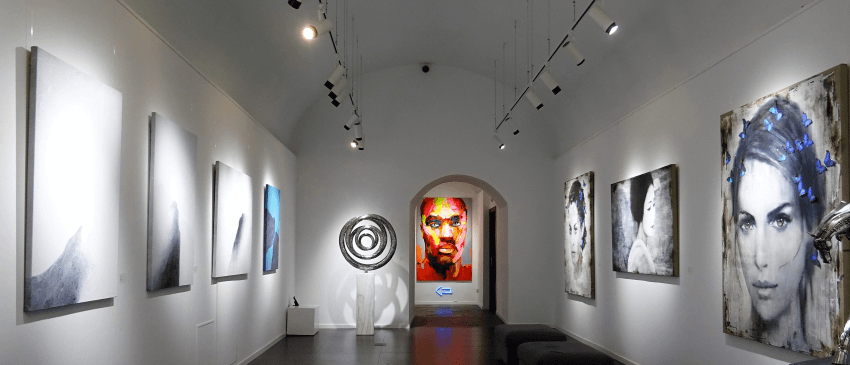
Colour rendering index or CRI is different to colour temperature. CRI measures a light source’s ability to show colours as clearly as they would be seen with natural light. Colour rendering is measured on a scale between 0 and 100. The better the CRI, the higher the value. For artwork, it is recommended to use a CRI above 90. For most everyday lighting applications, 80 is sufficient.

